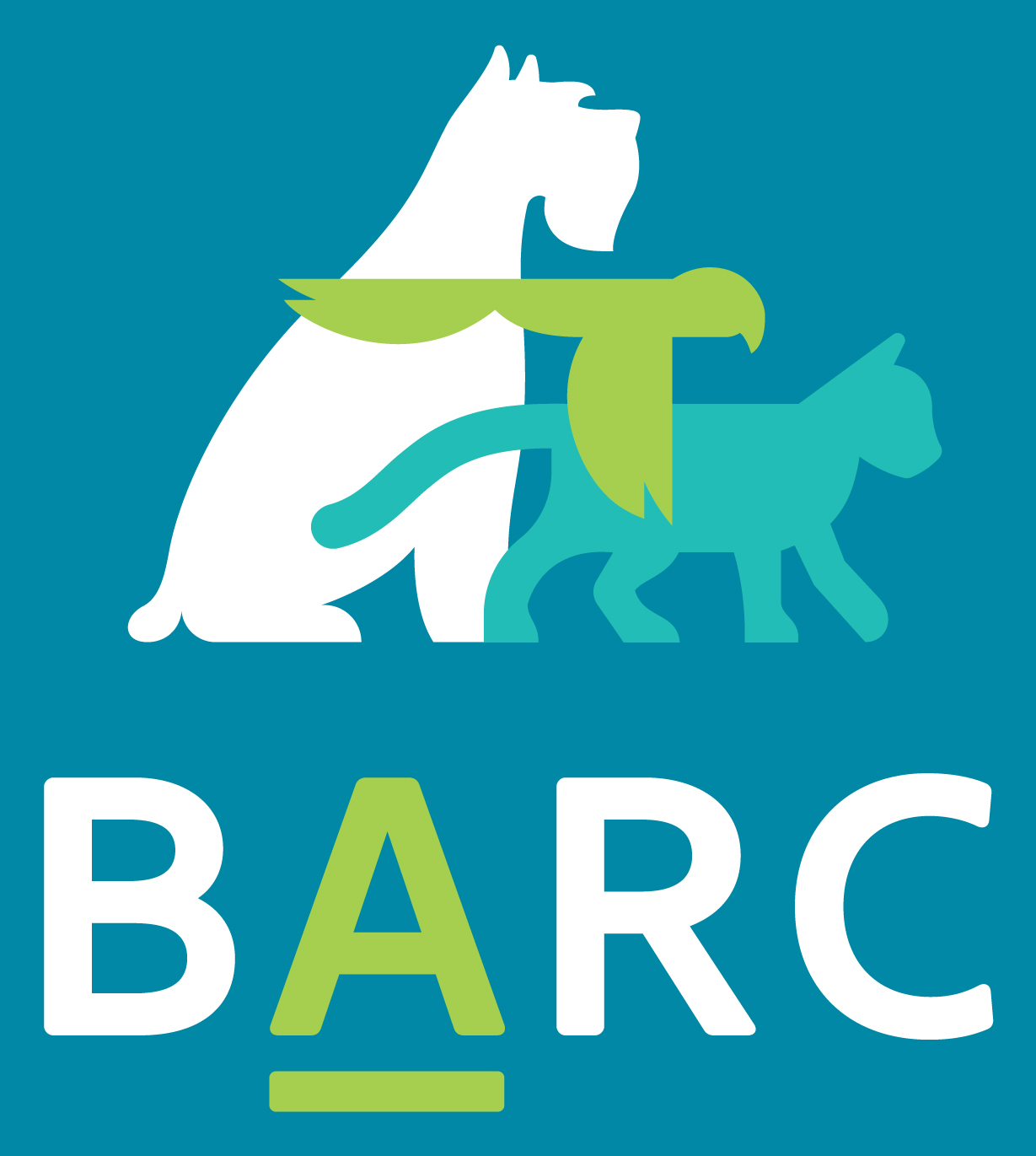Cataract Phacoemulsification with artificial lens implantation
Once the ophthalmologist examines your pet, we will determine if they are a candidate for restoration or preservation of vision through cataract removal and artificial lens implantation. Typically a complete ophthalmic exam, ocular ultrasound and an Electroretinogram are done prior to determination of being a candidate for surgery.
Age is not a reason to NOT do cataract surgery. A thorough physical examination and pre-operative bloodwork is performed prior to making a recommendation to go forward with anesthesia. If abnormalities are found during physical exam or on bloodwork, you may be counseled that your pet has higher anesthetic risks and we may need to pursue further work up prior to the cataract surgery.
If your dog is diabetic, it is a good idea to have blood work and urinalysis done prior to referral to check for ketones in their urine or a urinary tract infection, which should be resolved prior to surgery.
Cataract surgery involves removal of the lens fibers. In order to access the lens, an incision is made in the cornea and a circular opening is made in the anterior portion of the lens capsule. The phacoemulsification handpiece is shaped like large fountain pen. The tip of the handpiece is inserted through the corneal incision and cataract removal is done through the opening in the lens capsule. This instrument produces ultrasonic vibrations that break up the lens material (phacoemulsification) as it simultaneously vacuums this material to remove it from the eye. After the lens fibers are removed, an artificial lens implant may be inserted into the lens capsule. The artificial lens implant is not necessary for vision, but significantly improves near vision. It is the goal of every cataract surgery to place an artificial intraocular lens implant. At the completion of the procedure, the cornea is then closed with tiny stitches that absorb over the next four weeks.
Prior to surgery, it is a good idea to have your pet groomed or bathed because they will be in an Elizabethan collar and unable to be bathed or groomed for several weeks after surgery.
Skin infections and dental disease increase the risk of post operative complications after cataract surgery. These problems should be treated by your veterinarian prior to referral for cataract surgery through oral and topical antibiotics and routine cleaning of the teeth.
After cataract surgery it is up to you to medicate the eyes and follow all directions in order to achieve a positive outcome for the patient. For the first 2 to 3 weeks after surgery, a protective Elizabethan collar (cone) MUST be worn at all times to prevent self-trauma and accidental ocular damage. Patients must be restricted in their activities and avoid any running, jumping, excess barking or rough-play. Several (usually 4) different types of eye drops /ointments will need to be administered every 6 hours daily for the first 3 weeks after surgery and then the frequency of administration will gradually be reduced.
Many dogs will remain on anti-inflammatory eye drops once to twice daily for several months following surgery. Some will require them for life.
